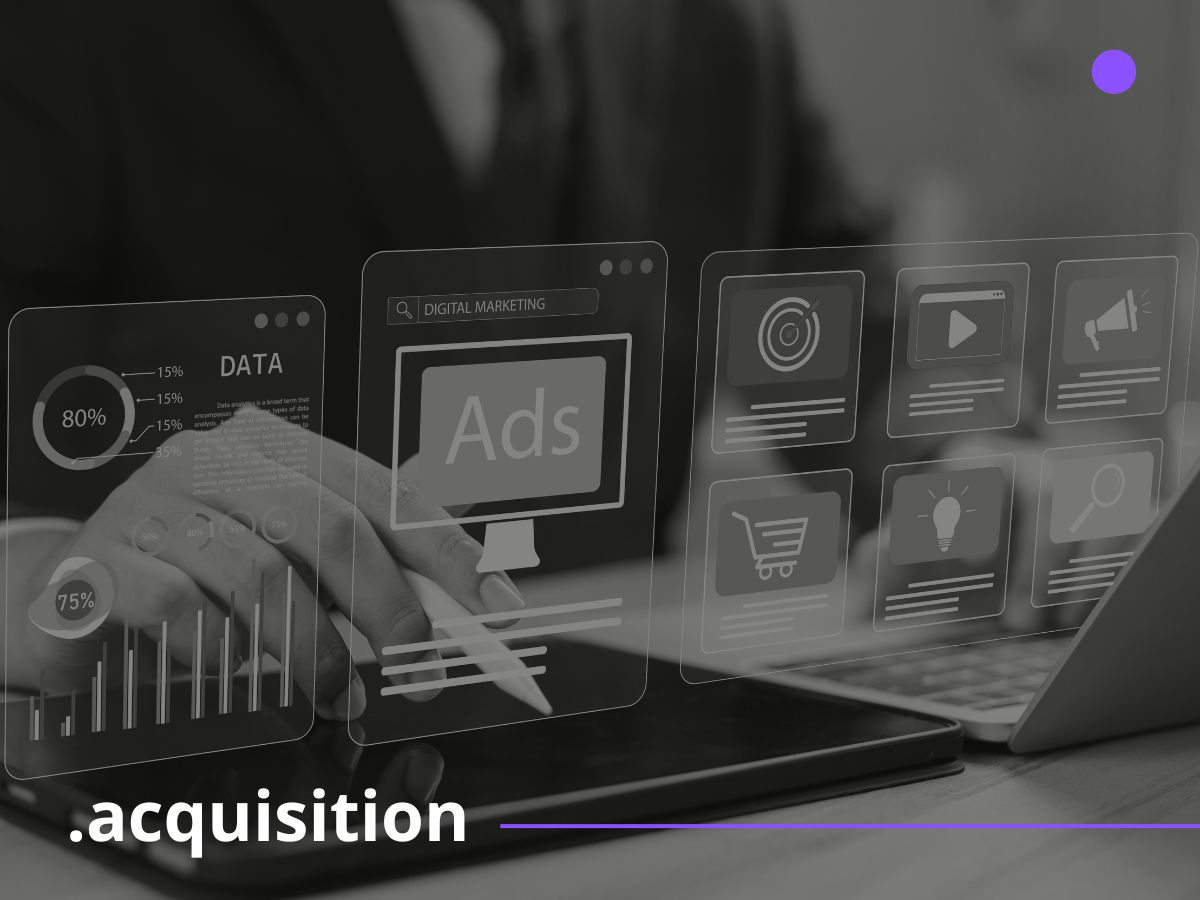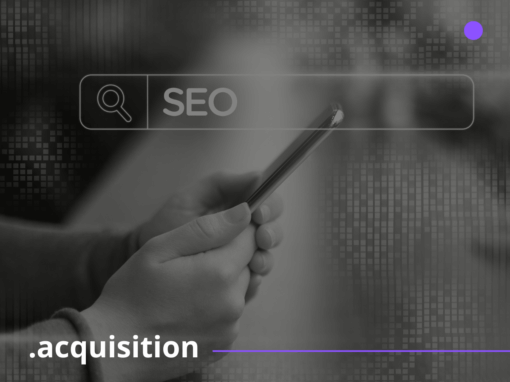Performance media is undoubtedly one of the best bets when the goal is to turn investment into tangible results. Rather than limiting efforts to brand visibility, it focuses on well-defined metrics like clicks, leads, sales, and other behaviors that truly drive business growth.
The main advantage of this model lies in real-time measurement, enabling quick adjustments, more aligned decisions, and greater predictability of outcomes. After all, with more control over where and how to invest, brands can align communication, channels, and goals with much more precision. In this context, having a well-thought-out strategy makes all the difference in extracting real value from campaigns.
Shall we dive into it? Keep reading!
Definition of Performance Media
Unlike more traditional advertising formats, performance media is based on deliverables. That means the investment is tied to a specific action from the audience, such as filling out a form, clicking a link, or completing a purchase. Every dollar spent is monitored through clear metrics, providing much greater transparency on returns.
The idea is simple: connect investment directly to objectives. This logic makes campaigns more scalable, as everything is accurately tracked. And the more data a company collects, the more it can optimize its efforts.
Reasons to Invest in Performance Media
Among the top reasons to prioritize this type of strategy is the ability to monitor performance in real time. This visibility allows businesses to act quickly whenever the numbers indicate an opportunity or signal that something needs adjustment. As a result, decision-making becomes much more data-driven and secure.
Over time, campaigns begin to reveal behavioral patterns that help determine how much investment is needed to reach certain goals, simplifying planning and leading to more consistent results.
It’s also worth noting that by working with clear goals, performance media helps maintain focus on what truly matters. Every click counts, and every conversion can be accurately measured, minimizing waste and encouraging a tactical mindset within the team.
Types of Performance Media
There are various ways to implement a performance media strategy, each tailored to specific objectives. One of the most well-known is Search Ads, which highlight ads when someone searches for something related to your product or service. It’s ideal for reaching people with high purchase intent.
Display Ads, on the other hand, place banners on partner websites and can be useful for generating brand awareness and attracting qualified traffic.
Social Ads leverage the targeting power of social networks to segment campaigns based on interests, behaviors, and demographics.
Then there’s Remarketing, which re-engages users who have already visited your site, increasing the chances of conversion.
Finally, Native Ads blend into the content of the pages where they appear, creating a more natural and seamless experience for the viewer.
Each format offers unique possibilities, and the key is to combine them in a way that aligns with your goals and your audience’s profile.
Evolving Formats and New Possibilities
As platforms and consumer expectations evolve, performance media formats have undergone significant changes. A clear example is the shift from traditional Display Ads to Demand Gen in Google Ads, a more modern, data-driven solution that delivers highly targeted visual ads with greater conversion potential.
Another standout format is Video Ads, which now play a central role in brand awareness and large-scale audience reach, especially across platforms like YouTube and social media. With video consumption on the rise, this format enables brands to create more compelling narratives and connect with users on an emotional level.
For businesses focused on maximizing sales performance, particularly in e-commerce, Performance Max (PMAX) is among the formats with the highest conversion potential.
This format automates ad distribution across various Google channels, Search, Display, YouTube, Gmail, and Discover, based on AI that interprets user intent signals.
Moreover, platforms are increasingly leveraging artificial intelligence (AI) and machine learning to improve targeting, bidding, and ad delivery processes.
These technologies allow real-time analysis of audience behavior, predict consumption patterns, and automatically adapt campaigns to improve performance. This means brands using AI gain more precision and can reach the right audience at the most strategic moment.
It’s also important to note that performance media goes far beyond the formats mentioned here. There are many other possibilities depending on each business’s goals, from Shopping Ads for e-commerce to dynamic ads, app campaigns, and audio ad strategies.
The secret lies in choosing the combinations that best align with your KPIs and the behaviors of the audience you want to reach.
Choosing the Right Performance Media Type
Before deciding where and how to invest, it’s essential to clearly understand your campaign’s main objective. If the focus is on lead generation, for example, the strategy might prioritize optimized landing pages. For direct sales, consider the channels that best match the buying moment.
Your audience’s profile also plays a crucial role. Knowing where they are, how they consume content, and when they tend to engage with ads makes a big difference. There’s no point in insisting on a channel that doesn’t align with consumer behavior.
Another key factor is your available budget. Some strategies require more time to mature and adjust before delivering strong results, while others can gain traction with smaller investments. Balancing expectations with budget reality is fundamental to avoid frustration and losses.
Tips for Structuring a Strategy
Start with a clear goal. A common mistake is trying to achieve too many objectives with a single campaign. Defining one main focus helps maintain message coherence and build a stronger path to conversion.
Next, select your channels based on real data and set up your audience segmentation carefully. The better you know your audience, the higher your chances of success. Avoid generic messaging—if your approach resonates with the consumer’s reality, the connection will be much more effective.
Then, focus on the creative process, making sure the messaging is direct, attention-grabbing, and aligned with your campaign’s value proposition. A compelling headline and relevant image can significantly improve results without having to reinvent the wheel.
Also remember: working with performance media is a dynamic process that requires ongoing analysis. So don’t hesitate to test variations, try new audiences, and learn from the data.
Mistakes to Avoid When Investing in Performance Media
Avoiding common mistakes in performance media investment becomes much easier by following the tips above. Still, here are a few pitfalls to watch out for:
- Relying solely on paid traffic: depending only on performance media limits organic growth and can make customer acquisition more expensive;
- Ignoring competitors: if you don’t analyze their strategies, your campaigns may be less competitive and yield a lower ROI;
- Neglecting mobile: non-responsive ads waste money and can negatively affect customer perception;
- Skipping remarketing: not re-engaging users who already showed interest is a huge missed opportunity;
- Setting budgets without analysis: spending hundreds on a campaign that doesn’t align with your goals or timing won’t deliver results.
These are some of the most common errors, but your brand may have unique characteristics that require special attention. That’s why it’s essential to involve other departments and ensure strong alignment to avoid setbacks.
Corebiz’s Role in Performance Media
Operating in over 40 countries, Corebiz works with a methodology that combines data intelligence, automation, and a strong business mindset. Rather than just managing campaigns, our team analyzes every stage of the customer journey to understand how to maximize the impact of each action, always keeping an eye on trends.
Moreover, strategies are personalized based on each business’s objectives, with constant monitoring and iteration. The team analyzes data, suggests improvements, tests hypotheses, and adjusts everything needed to continually improve results.
With deep expertise in platforms, digital consumer behavior, and technology integration, Corebiz delivers more than traffic or leads, we focus on driving real growth for our clients.
As you’ve seen throughout this article, performance media brings control, flexibility, and, above all, the ability to scale results based on concrete data. But to turn this potential into growth, planning, ongoing analysis, and well-informed decisions are essential.
Partnering with experts like Corebiz helps accelerate your journey and minimize obstacles. When the strategy is solid, the team is prepared, and decisions are data-driven, digital impact becomes a reality, not just a promise.
Now is the time to redefine your digital presence. Contact us and discover all the opportunities we can unlock for your business!




